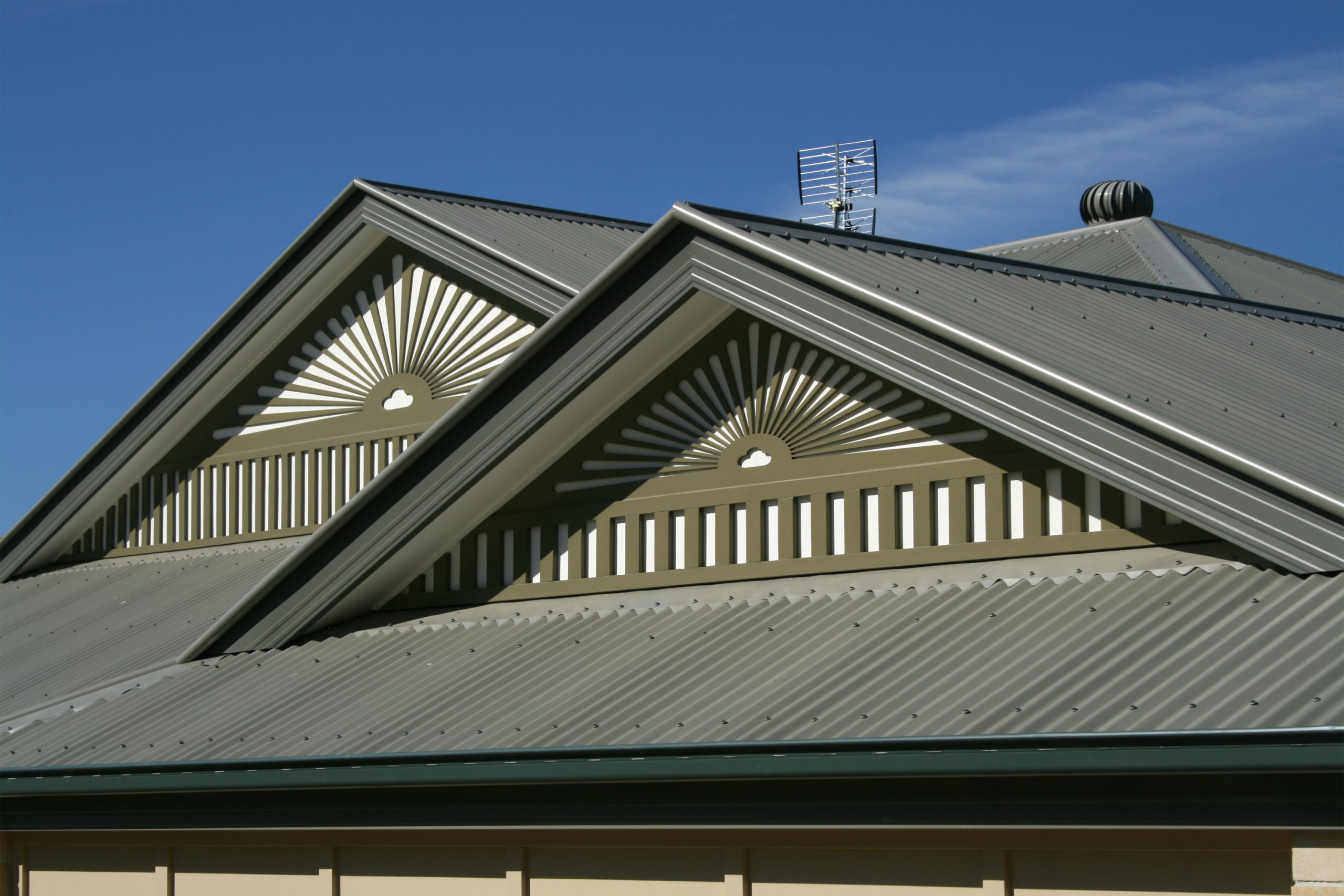
After the horrendous bushfires, drought and record temperatures of last year, it feels like the approach of La Nina – the cooler and wetter weather system – is very good news.
Hopefully, this means that the nation won’t have to endure the fires that destroyed so much of our coastal forest and bushland.
But La Nina might be a challenge for you if you have roofing issues.
Leaks that crack and stain the ceiling can also undermine the wooden structure of your home and ultimately cause thousands of dollars in damage.
So, now we know that the rains are on the way this coming summer, there’s no excuse for not checking the state of your roof and fixing any problems. It’s always cheaper and less stressful to get ahead of property maintenance. So if you can see your roof is a ticking time-bomb, fix it. What is the point of waiting for it to flood your living room or kitchen?
Here is a quick list of tips to help you check for any signs of potential trouble.
- Get into the roof cavity – You’ll find a manhole in the ceiling that gives you access to inside your roof. Grab a ladder and check it out. Have a look around for any signs of light coming through the tiles of the roof. If you can see light, you may need to call a roofer.
- Check the insulation batts – If you find one or two that feel more compressed than the others, it’s possible water might have leaked onto them. Usually, the ceiling directly below will show an ugly brown stain, but not always.
- Seal the deal – Check for any gaps around chimney seals, and the seals of any air-con unit up there. The AC always gets a work-out over summer months, so just run a finger over the seals to make sure there’s no moisture on them.
- Get into the gutter – Outside the home, you need to check the gutters. These can hold grime and dirt that washes off the roof when it rains. Sometimes, plants can take root. Ultimately, the gutter becomes rusty and blocked, and rainwater will cascade down the inside of your walls. Giving them a regular clean will prevent this.
- Crack alert – Cast a thorough eye over the tiles, flashing and mortar for cracks. Depending what you find, and where you find it, you may want to call in a roofing expert to fix any flaws.
- Discoloured roofing – This can be a sign of the roof slowly losing its integrity. If you see this, you should call in a roofer for an expert opinion.
- Grime’s a crime – If mould, algae or dirt has accumulated on your roof, you need to wash it away to avoid it eating into your roofing material. This will help keep it in tip-top condition.
- Be real with external seals – It’s easy to pass over this very important part of the roof. Water can get into every nook and cranny, especially in a big thunderstorm. Watch for broken or incomplete seals and cracked mortar, especially on upstairs balconies.
- The fix is in – Usually, it’s pretty simple to fix all these problems. A caulking gun, rather than a tube, is best if you need to use silicone to reseal or replace the seals, or plug gaps in bricks and mortar. But if you have problem tiles or don’t feel confident about getting up a ladder, it might be safest to call in the experts.
